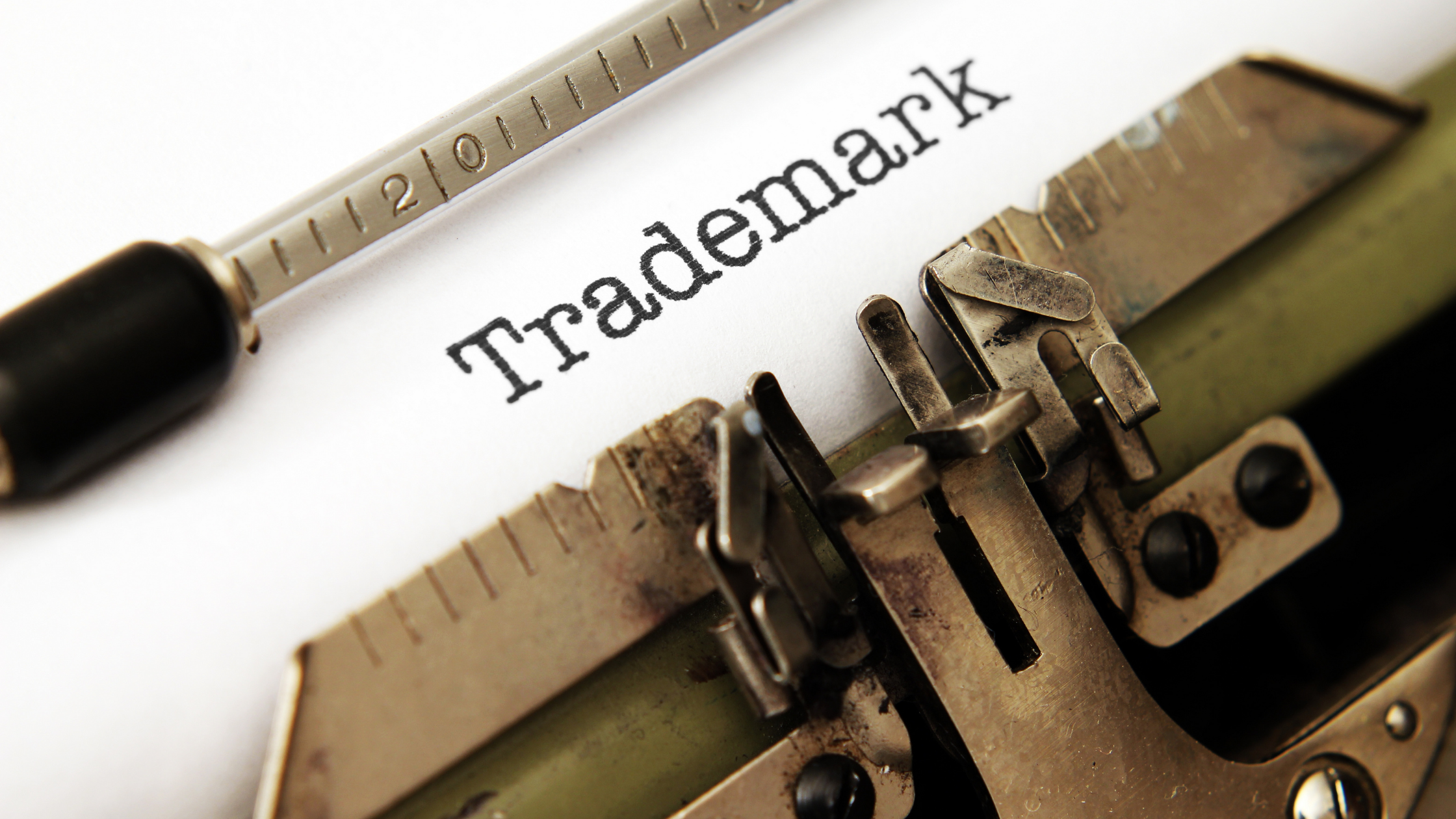
Registering a trademark is one of the most effective ways to protect your brand identity, distinguishing your business from competitors and ensuring that your brand’s value is secure. However, the trademark registration process is not without its challenges, and many businesses make avoidable mistakes that can cost time, money, and even legal issues. In this guide, we’ll cover the top 10 common mistakes to avoid when registering a trademark, helping you navigate the process smoothly and effectively.
1. Not Conducting a Thorough Trademark Search
One of the most common mistakes in trademark registration is failing to conduct a comprehensive trademark search. A proper search will reveal if similar or identical trademarks already exist. Skipping this step can lead to rejection of your application or, worse, legal disputes with existing trademark holders. Use the official trademark database in your country or seek professional assistance for a full search.
2. Choosing a Generic or Descriptive Trademark
When selecting a trademark, many businesses mistakenly opt for generic or highly descriptive terms that describe their product or service. However, such trademarks are challenging to register and protect. Trademarks like “Best Coffee” or “Quality Electronics” are unlikely to gain approval because they are too descriptive. Instead, focus on unique, creative names that set your brand apart.
3. Not Understanding the Classes of Goods and Services
Trademarks are registered under specific classes that represent the types of goods or services your brand will cover. A common mistake is not researching these classes thoroughly, leading to incomplete or incorrect applications. Familiarize yourself with the international trademark classification system (Nice Classification) and carefully select all relevant classes to protect your brand across its scope.
4. Failing to Register Internationally if Needed
If you plan to expand your business internationally, you should consider registering your trademark in other countries. Many businesses overlook international trademark registration, leaving their brands vulnerable in foreign markets. Look into the Madrid Protocol for easier multi-country registration, or consult a professional for guidance on international protection.
5. Using Unqualified Legal Assistance
Trademark registration is a legal process that can be complex and challenging for someone without expertise. Some businesses attempt to complete the registration themselves or use unqualified assistance, leading to potential mistakes in the application. While hiring a trademark attorney or consultant may add to costs, their expertise can save time and increase the likelihood of success.
6. Not Monitoring and Enforcing Trademark Rights
Once your trademark is registered, you must actively monitor and enforce your rights. Many business owners assume their registration alone will prevent infringement. However, trademark offices do not monitor for violations on your behalf. Regularly monitor your brand online and in the marketplace to catch potential infringements early and protect your brand’s integrity.
7. Delaying Trademark Registration
Many businesses wait until they are well-established before registering a trademark, risking that someone else may register a similar one in the meantime. Trademark registration should ideally happen as soon as your business name, logo, or slogan is chosen and ready to be used. Delaying registration could mean rebranding, loss of business identity, or expensive legal battles.
8. Ignoring the Renewal Deadlines
Once registered, trademarks are not automatically valid forever; they require renewal after a certain period (often every 10 years). Many businesses forget this step, leading to accidental abandonment of their trademarks. Mark renewal deadlines on your calendar, and set reminders to ensure your trademark remains active and protected.
9. Not Using the Trademark Correctly
After obtaining a trademark, businesses must use it consistently to maintain its validity. Using your trademark inconsistently, such as altering the logo or wording, can weaken its protection and lead to potential cancellation. Always use your trademark in a way that is consistent with the details provided in your registration.
10. Overlooking the Importance of Trademark Distinctiveness
Lastly, an often-overlooked mistake is choosing a trademark that lacks distinctiveness. The more unique and distinct a trademark, the stronger its protection. Opt for a name, logo, or slogan that stands out rather than something that blends in with competitors. The distinctiveness of your trademark will enhance your brand’s legal defensibility and recognition in the marketplace.
Final Thoughts
Registering a trademark is a crucial step in establishing and protecting your brand. Avoiding these common mistakes can help you secure your trademark successfully and with fewer complications. From conducting thorough research and selecting the right classification to enforcing your rights post-registration, each step requires attention to detail and proper planning.
By taking the time to understand the process and working with qualified professionals if needed, you can protect your brand effectively and set your business up for long-term success. Remember, a well-protected trademark is an asset that grows in value as your business flourishes.